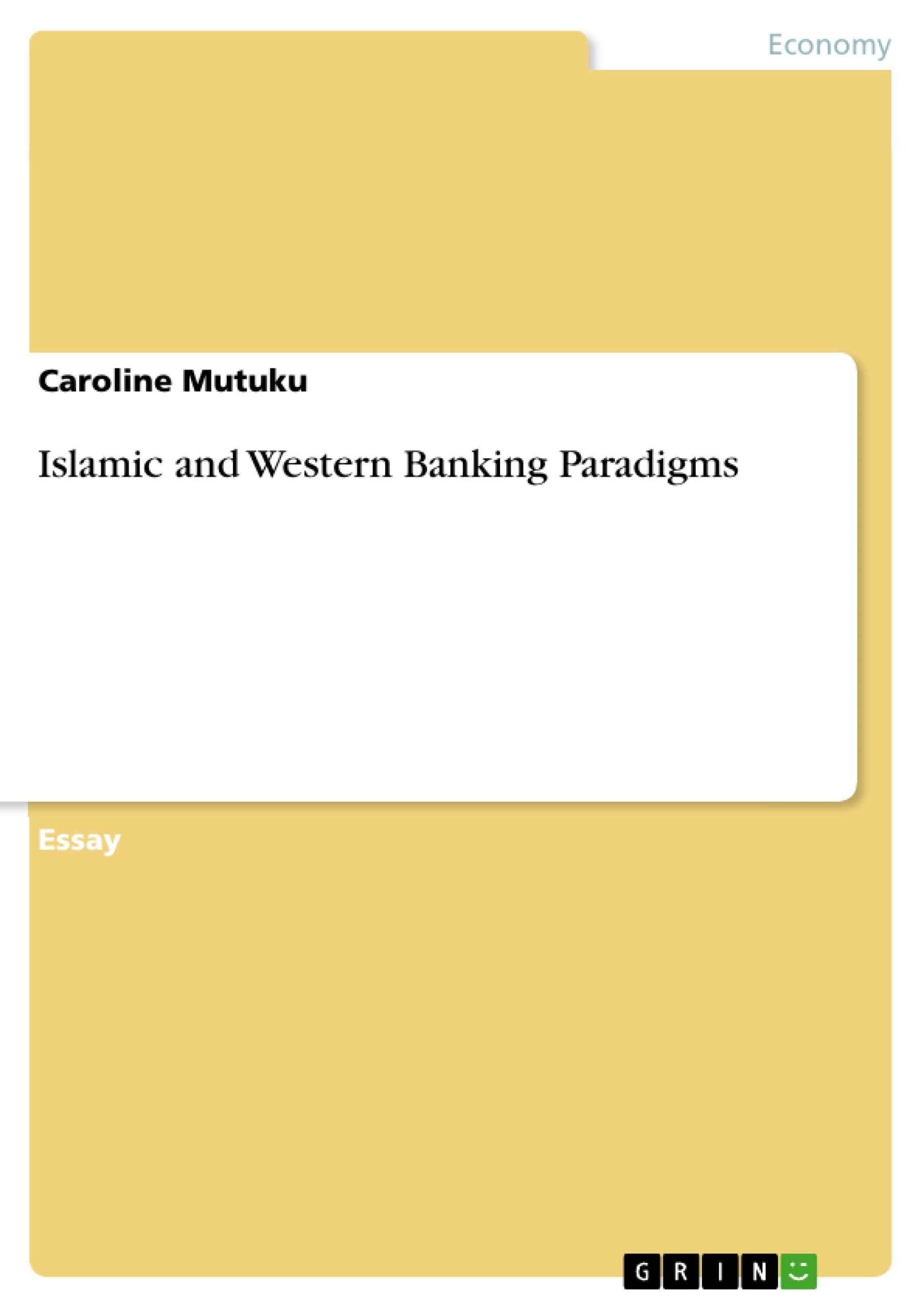In retrospection, the history of banking in this context can be of paramount significance to understand the broad paradigm of banking, its relation to the history of money which gradually became the medium of exchange in the modern world. Banking transactions preceded the invention of money in the ancient world. In those ancient times, agrarian revolution is known to have led to production of agricultural produce owing to tilling of land using iron implements invented during the iron-age. Trade flourished as people exchanged various goods for other goods.
Consequently, surplus and inadequate production saw the emergence of such practices as deposits and loans. For instance, loans acquisition dates back to the 2nd century BC IN Mesopotamia. Moreover, banking transactions such as deposits of grains, cattle and later the precious metals such as gold are documented to have been practiced as basic tools of trade. Gold and other precious metals gradually emerged as the medium of trade, in the form of easy-to-carry plates. Palaces and temples are known to have served as ancient banks where gold could be stored for matters of safety.
Temple priests and monks issued loans to merchants. Later on, laws to govern banking operations were laid down as banking practices became wide spread. The merchant banks invented by Italian grain merchants were the first banks in the middle Ages. Afterwards, civilization over generations led to two distinct banking systems partially based on religion: the Islamic and western (conventional) banking systems. Variant banking systems in operation today can be accrued to matters of religious doctrines with Islamic banking showing a distinct paradigm owing to the strict sense of Islamic law from the conventional western banking in common practice. A comprehensive comparison is therefore mandatory if a clear distinction based on the fundamental similarities and differences between Islamic banking and western banking paradigms are to be unearthed.
Inhaltsverzeichnis (Table of Contents)
- Introduction
- Islamic Banking Vs Western Banking
- Differences and Similarities in Conventional and Islamic Banking
- Religion and banking
- Profit and loss paradigm (interest)
- Deposits
- Financing and investments
- Loans (short-term, medium and long-term loans)
- Medium and long-term loans
- Overdrafts and credit cards
- House financing
- Leasing
- Investments
- Conclusion
Zielsetzung und Themenschwerpunkte (Objectives and Key Themes)
This text aims to provide a comprehensive comparison of Islamic and Western (conventional) banking systems, highlighting their fundamental similarities and differences. It explores the historical roots of both banking models, examines their respective approaches to key financial operations like interest rates, risk management, and deposits, and analyzes the role of religion and ethical considerations in shaping their respective paradigms.
- The historical development of banking systems, with a focus on Islamic and Western models
- The impact of religious doctrines on banking practices, particularly the principles of Islamic Shariah law
- Key differences in the treatment of interest rates, risk management, and deposit operations between Islamic and conventional banks
- The evolving relationship between Islamic and Western banking systems in a globalized financial landscape
- The principles of ethical finance and their application to both Islamic and conventional banking practices
Zusammenfassung der Kapitel (Chapter Summaries)
- Introduction: The chapter traces the historical roots of banking, highlighting the evolution of banking practices from ancient Mesopotamia to the emergence of distinct Islamic and Western banking systems in the modern era.
- Islamic Banking Vs Western Banking: This chapter provides a broad overview of both banking models, emphasizing their fundamental similarities in purpose while highlighting the key distinctions in their operational principles stemming from Islamic Shariah law.
- Differences and Similarities in Conventional and Islamic Banking: This chapter delves deeper into the differences and similarities between Islamic and conventional banking by examining their respective approaches to liabilities, risk management, and specific financial operations.
- Religion and banking: The chapter explores the role of religion in shaping the respective banking paradigms, contrasting the principles of Islamic Shariah law with the prevailing capitalist doctrines in Western banking.
- Profit and loss paradigm (interest): This chapter focuses on the fundamental difference in how Islamic and Western banks approach the concept of interest. It explains why Islamic banking prohibits the charging of interest (riba) and highlights the alternative profit-sharing models employed in Islamic finance.
Schlüsselwörter (Keywords)
This text examines the fundamental differences and similarities between Islamic and Western (conventional) banking systems, focusing on key concepts such as Islamic Shariah law, riba (interest), profit-sharing, risk management, and the evolving landscape of global finance.
- Quote paper
- Caroline Mutuku (Author), 2018, Islamic and Western Banking Paradigms, Munich, GRIN Verlag, https://www.grin.com/document/432463



